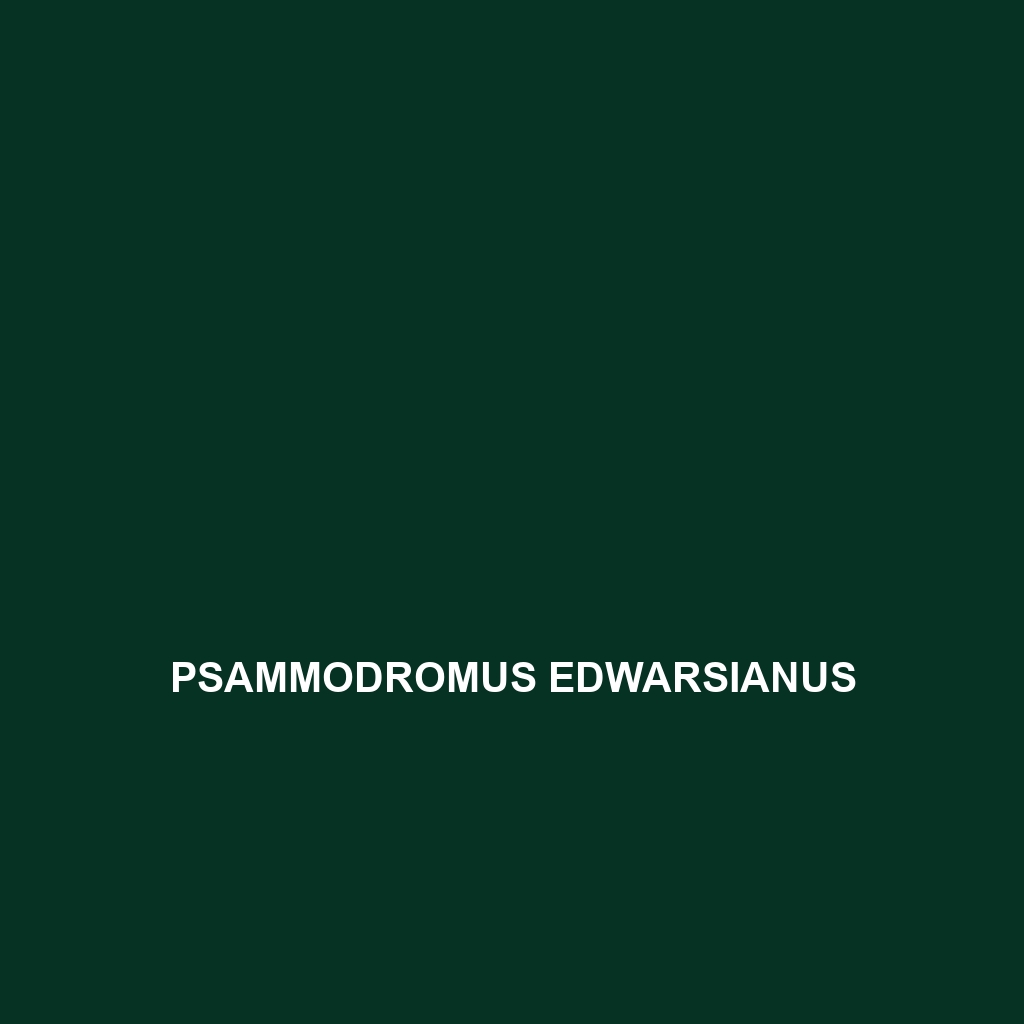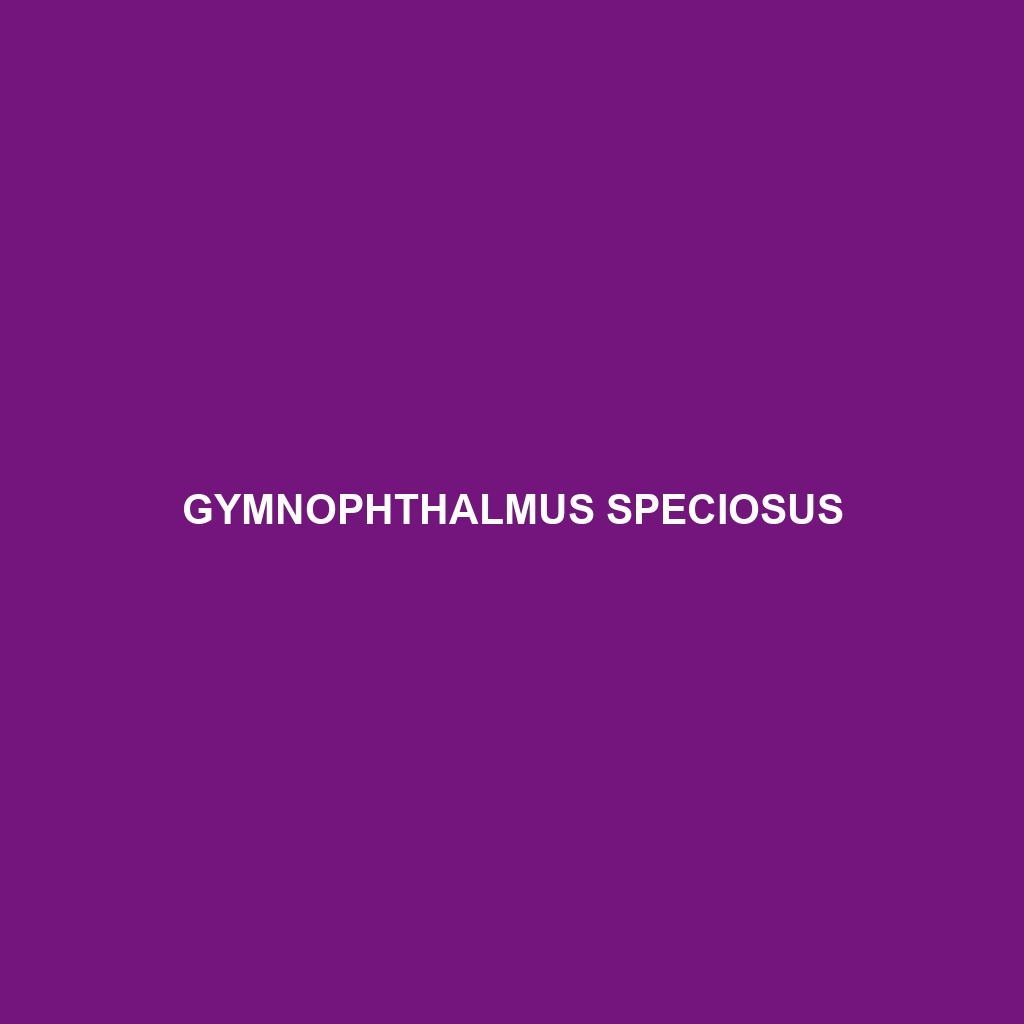Discover the Edward's Sand Racer (Psammodromus edwarsianus), a nimble lizard thriving in southern Europe's sandy habitats. With a length of 15 to 25 cm, it boasts a streamlined body and sandy brown or light gray coloration, making it an adept predator of insects in warm, open environments.
Tag: lizard agility
Psammodromus edwarsianus
Discover the Edward's Sand Racer (Psammodromus edwarsianus), a nimble lizard thriving in southern Europe's sandy habitats. With a length of 15 to 25 cm, it boasts a streamlined body and sandy brown or light gray coloration, making it an adept predator of insects in warm, open environments.
Podarcis hispanicus
<b>Podarcis hispanicus</b>, known as the Iberian wall lizard, is a vibrant and adaptable species native to the Iberian Peninsula, measuring 6 to 9 inches long. Primarily insectivorous, these diurnal lizards thrive in diverse habitats, showcasing remarkable behaviors, such as tail regeneration and unique mating rituals during the spring and summer.
Podarcis bocagei
Podarcis bocagei, commonly known as Bocage's wall lizard, is a compact, agile reptile found in the temperate regions of the Iberian Peninsula, featuring vibrant green, brown, and yellow patterns for excellent camouflage. This insectivorous lizard thrives in rocky habitats, exhibiting diurnal behavior and unique courtship displays during the mating season.
Phaeoscincus ouinensis
Discover the fascinating Phaeoscincus ouinensis, a medium-sized lizard native to the tropical rainforests of Africa's Ouinsé Region, known for its vibrant camouflage, agile movements, and crucial role in controlling insect populations. This insectivorous species thrives in warm, humid environments, showcasing unique social behaviors and minimal parental care after laying eggs.
Lacerta strigata
<b>Lacerta strigata</b> is a medium-sized lizard native to Southern Europe's temperate forests and scrublands, characterized by its vibrant coloration, diurnal behavior, and insectivorous diet. This adaptable species plays a crucial role in regulating insect populations and contributes to the ecosystem's health through its predation and nutrient cycling.
Kentropyx paulensis
<b>Kentropyx paulensis</b>, a medium-sized, diurnal lizard native to the subtropical and tropical regions of South America, thrives in diverse habitats and exhibits vibrant coloration and unique behaviors. As an omnivore, it plays a crucial role in its ecosystem by regulating insect populations and aiding in seed dispersal.
Gymnophthalmus speciosus
The <b>Gymnophthalmus speciosus</b>, or spectacled teiid, is a diurnal lizard native to tropical and subtropical South America, characterized by its elongated body, prominent eyes, and a diet primarily consisting of insects. Thriving in humid environments like the Amazon Rainforest, this adaptable species plays a crucial role in controlling insect populations and is recognized for its ability to regenerate its tail.
Gymnophthalmus lineatus
<p><b>Gymnophthalmus lineatus</b>, also known as the striped tegu, is a diurnal lizard native to tropical rainforests and savannas in South America, characterized by its elongated body, brown or gray coloration with lighter stripes, and an omnivorous diet that plays a vital role in its ecosystem.</p>
Emoia oriva
Discover the Emoia oriva, or Oriva skink, a slender lizard thriving in tropical rainforests and savannas of the Southwest Pacific. Known for its smooth scales and adaptability, this insectivorous species plays a vital role in controlling insect populations and contributes to the rich biodiversity of its ecosystem.









